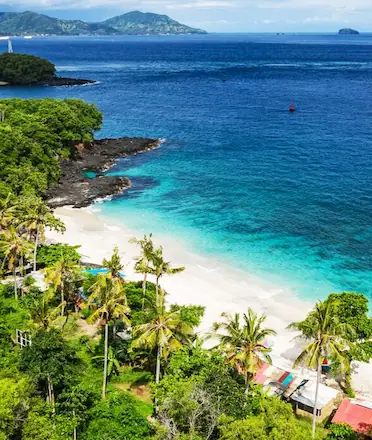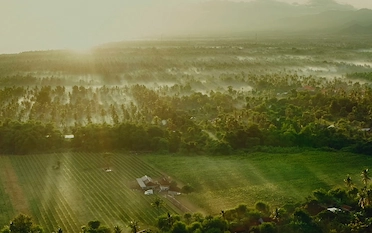Nestled in the highlands of Buleleng Regency, Lake Tamblingan offers a serene escape from the bustling tourist hubs of Bali. Located at the foot of Mount Lesung in the village of Munduk, this pristine caldera lake is a hidden gem surrounded by dense rainforest and ancient Balinese temples. Known for its stunning scenery, rich cultural history, and tranquil atmosphere, Lake Tamblingan is the perfect destination for those seeking a more peaceful and nature-filled experience in Bali.
Beyond the Restful Water: Exploring the Serenity of Lake Tamblingan
The Pristine Beauty
At over 1,000 meters above sea level, Lake Tamblingan is part of a trio of lakes that were formed inside an ancient volcanic caldera. It is the smallest of the three lakes, with Lake Buyan and Lake Bratan to its east. The high-altitude location of the lake gives it a cool, alpine-like climate, making it a refreshing retreat from the heat and humidity of Bali’s lower regions. Visitors will be captivated by the lush, green rainforest that surrounds the lake, home to vibrant orchids, playful macaques, and other native wildlife.
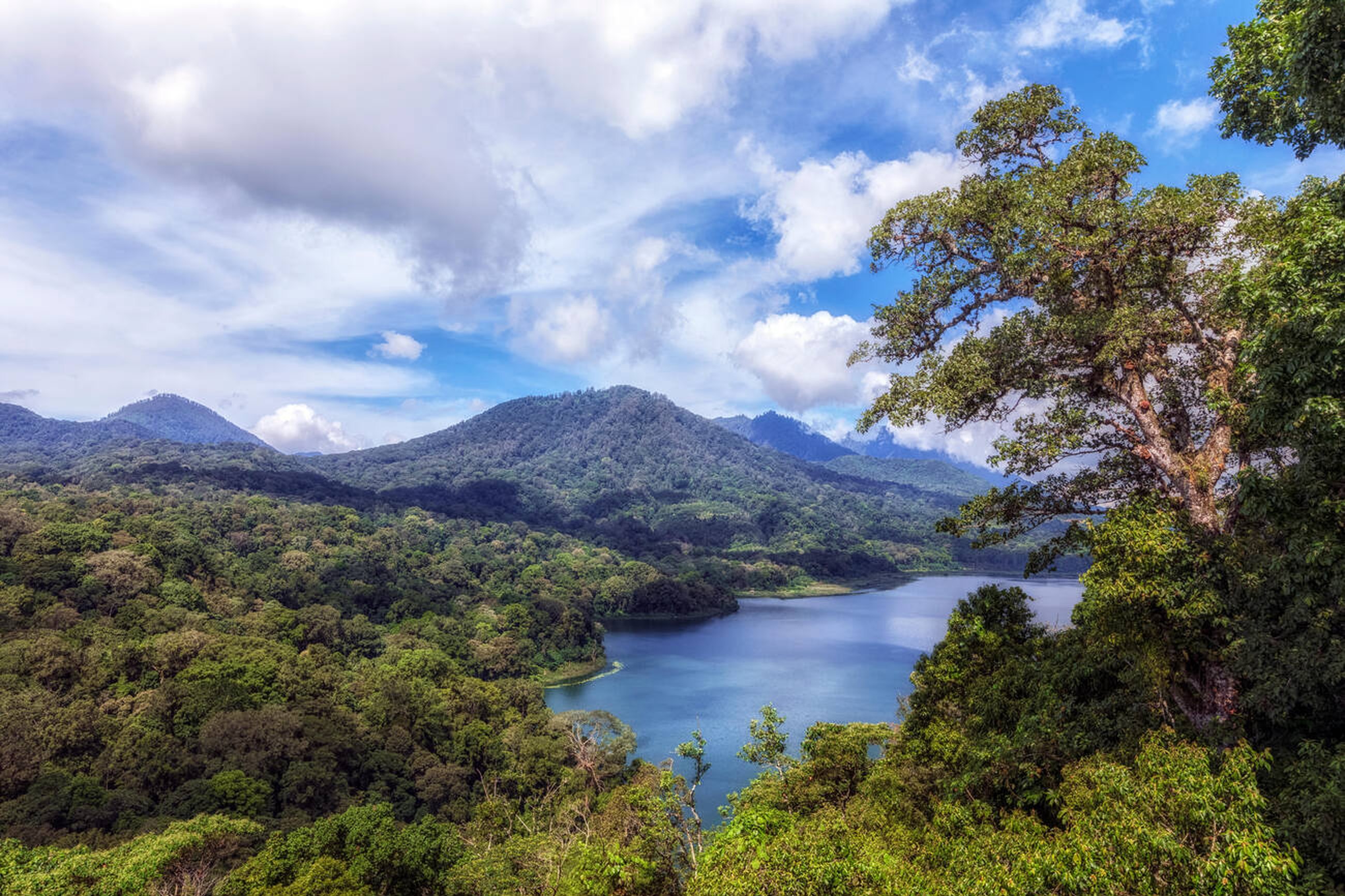
The peaceful setting and the crystal-clear waters make Lake Tamblingan an ideal spot for photography, quiet contemplation, or simply enjoying the natural beauty that Bali has to offer. What sets this lake apart from the more popular tourist destinations is its pristine condition. Protected by the government from modern development, the lake and its surrounding area remain relatively untouched, preserving its natural charm and spiritual significance.
A Journey Through History
Lake Tamblingan is not only a place of natural beauty but also one steeped in history. The area is home to several ancient temples, remnants of the Tamblingan civilization that once flourished around the lake. The first mention of Tamblingan dates back to the 10th century, as recorded in a copper inscription found in the nearby village of Gobleg. According to local history, the original Tamblingan settlement eventually dispersed, with its people migrating to create four surrounding villages: Munduk, Gobleg, Gesing, and Umejero. These villages collectively share the spiritual responsibility of maintaining the sanctity of Lake Tamblingan, a tradition that endures to this day.
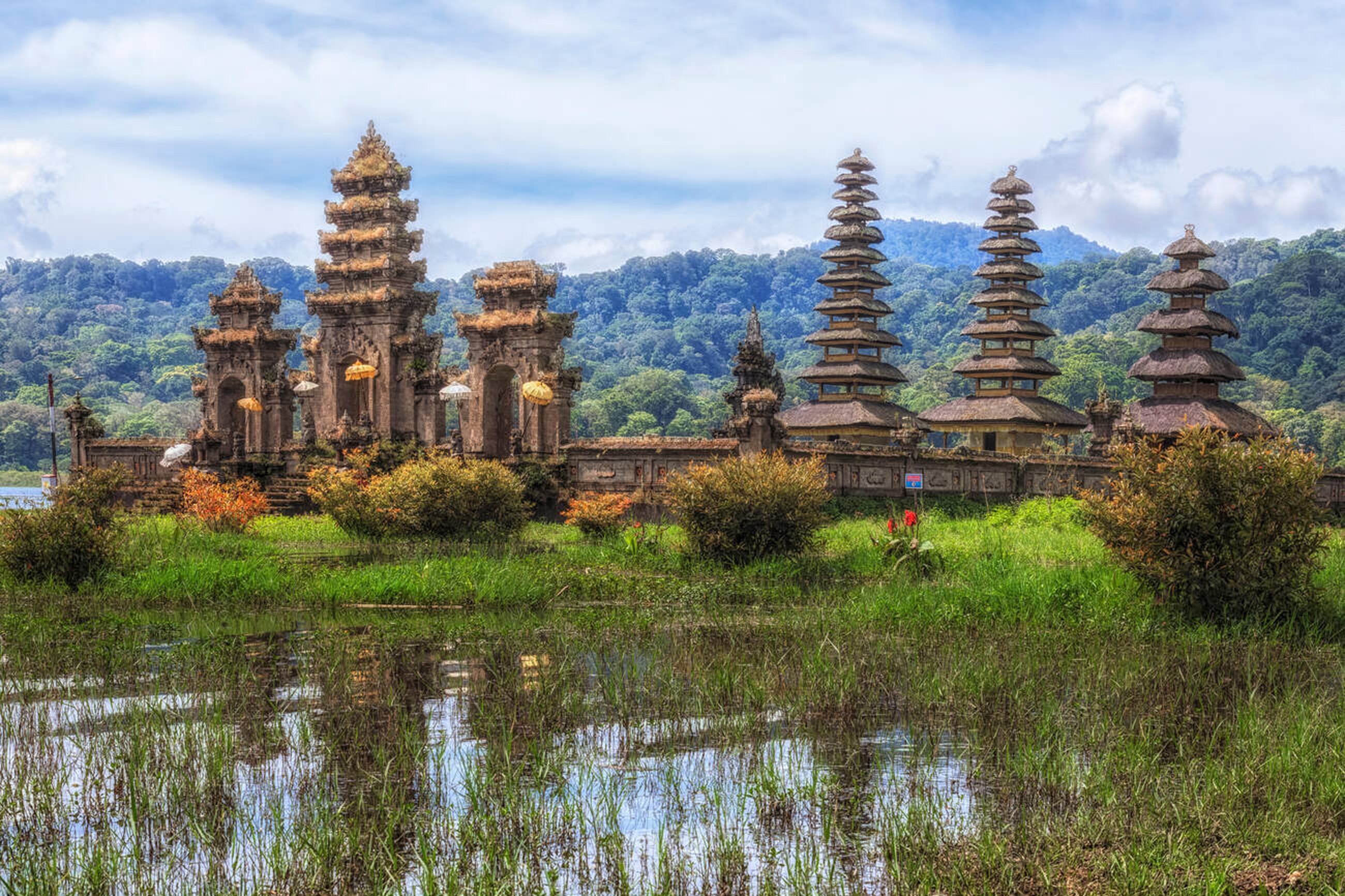
One of the most notable temples by the lake is Pura Dalem Tamblingan, a 10th-century temple dedicated to the Hindu god of death. This temple, along with several others in the area, serves as a reminder of Bali’s rich cultural and spiritual heritage. The temples surrounding Lake Tamblingan were built as places of worship, honoring the gods and maintaining the spiritual balance of the land. Exploring these ancient temples allows visitors to connect with Bali’s past while appreciating the peaceful surroundings of the lake.
The Sacred Essence
Lake Tamblingan holds great spiritual importance for the local Balinese communities. As part of Bali’s sacred geography, the lake and its surrounding temples are considered holy sites. Many of the temples are dedicated to Dewi Danu, the goddess of water, who is believed to provide nourishment and fertility to the land. The presence of these temples reflects the deep connection between the local people and the natural elements, particularly water, which is seen as a life-giving force.
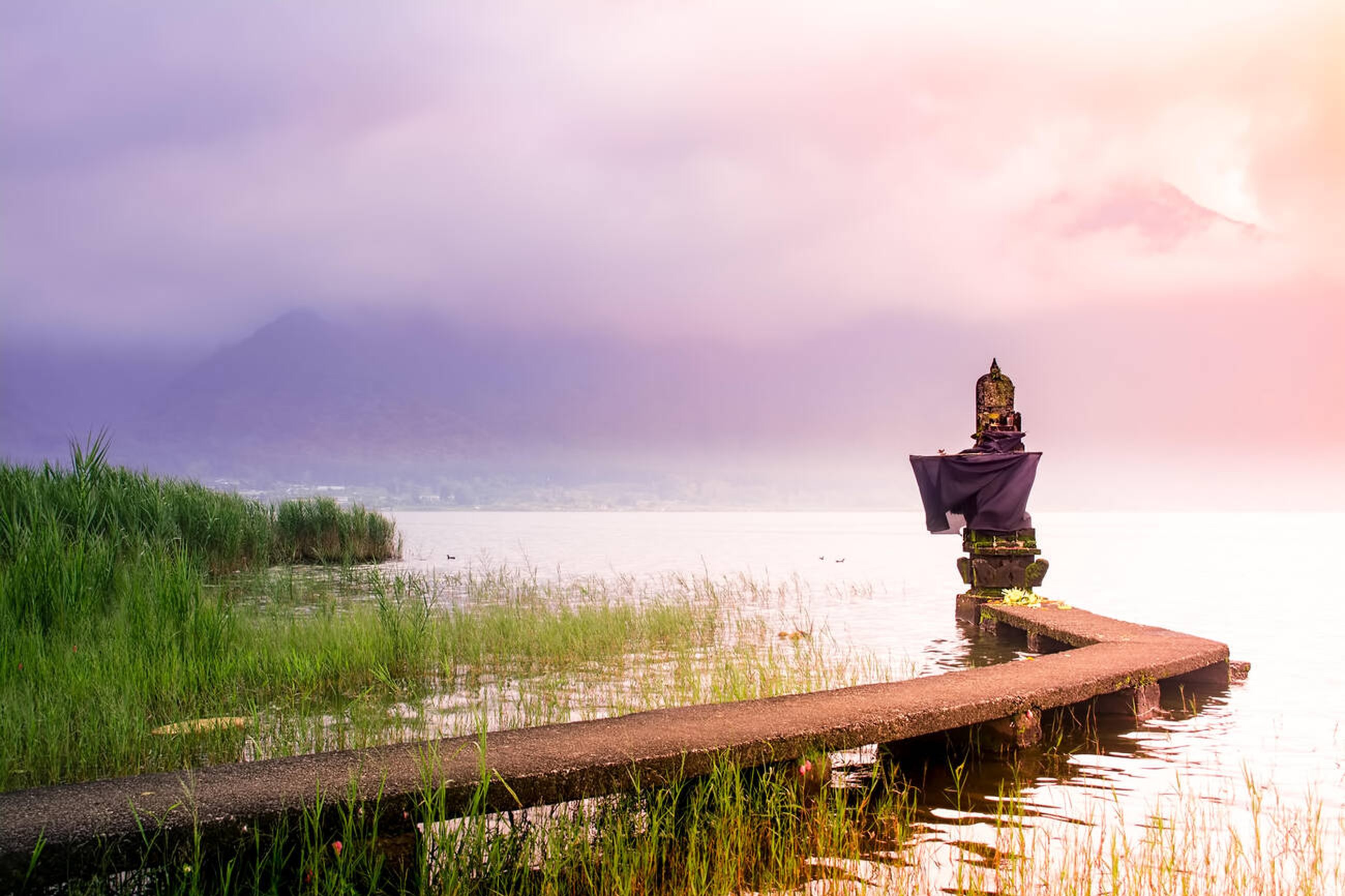
Visitors to Lake Tamblingan can explore several smaller temples that dot the lake’s shoreline, such as Pura Ulun Danu Tamblingan, Pura Endek, and Pura Tukang Timbang. Each temple has its own unique architectural style and spiritual significance. For instance, Pura Pekemitan Kangin offers breathtaking views of the lake from a ridge that separates Lake Tamblingan from its neighboring Lake Buyan. These temples are not just historical relics but remain active places of worship, where local ceremonies and offerings are made regularly.
Exploring the Lake
For those looking to immerse themselves in the tranquil beauty of Lake Tamblingan, there are several ways to explore the area. A popular activity is canoeing across the lake, where visitors can glide through the calm waters while taking in the stunning views of the surrounding rainforest and mountains. The lake’s marshy shores are often used by local farmers to graze their cattle, adding to the picturesque rural charm of the area.
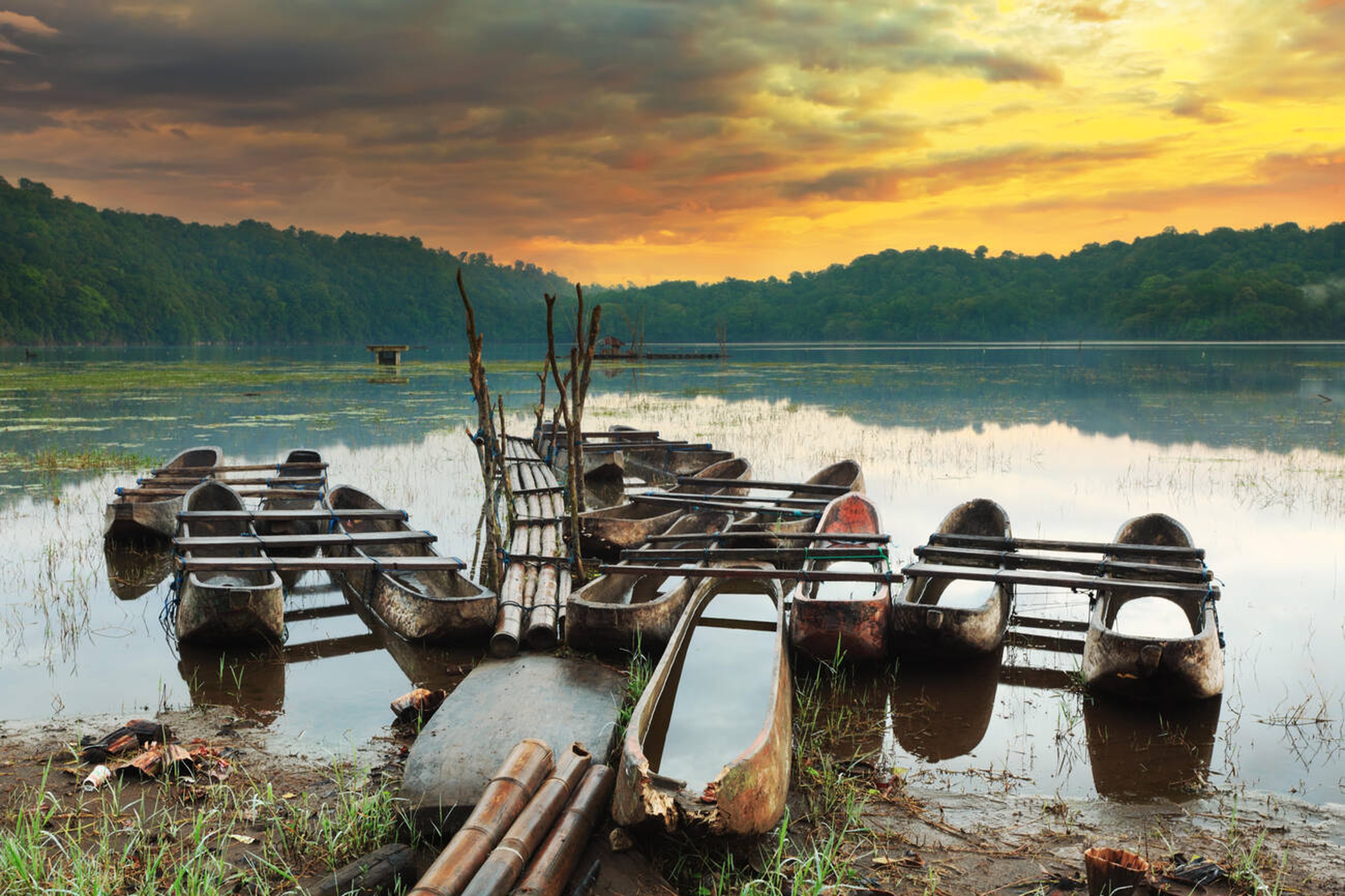
Photographers will find Lake Tamblingan particularly enchanting, especially during the early morning hours when the mist rises from the lake, creating an ethereal atmosphere. The temples, set against the backdrop of the lake and forest, offer incredible opportunities for capturing Bali’s natural beauty. The area is also relatively uncrowded, allowing for peaceful exploration without the hustle and bustle of more tourist-heavy destinations.
Best Time to Visit
The best time to visit Lake Tamblingan is during Bali’s dry season, from April to October, when the weather is clear, and the roads leading to the lake are easier to navigate. Early morning visits are recommended to experience the lake at its most peaceful and to take advantage of the stunning sunrise views. Visitors should also be prepared for cooler temperatures, especially in the early morning and evening, as the high altitude gives the lake a much cooler climate than other parts of Bali.
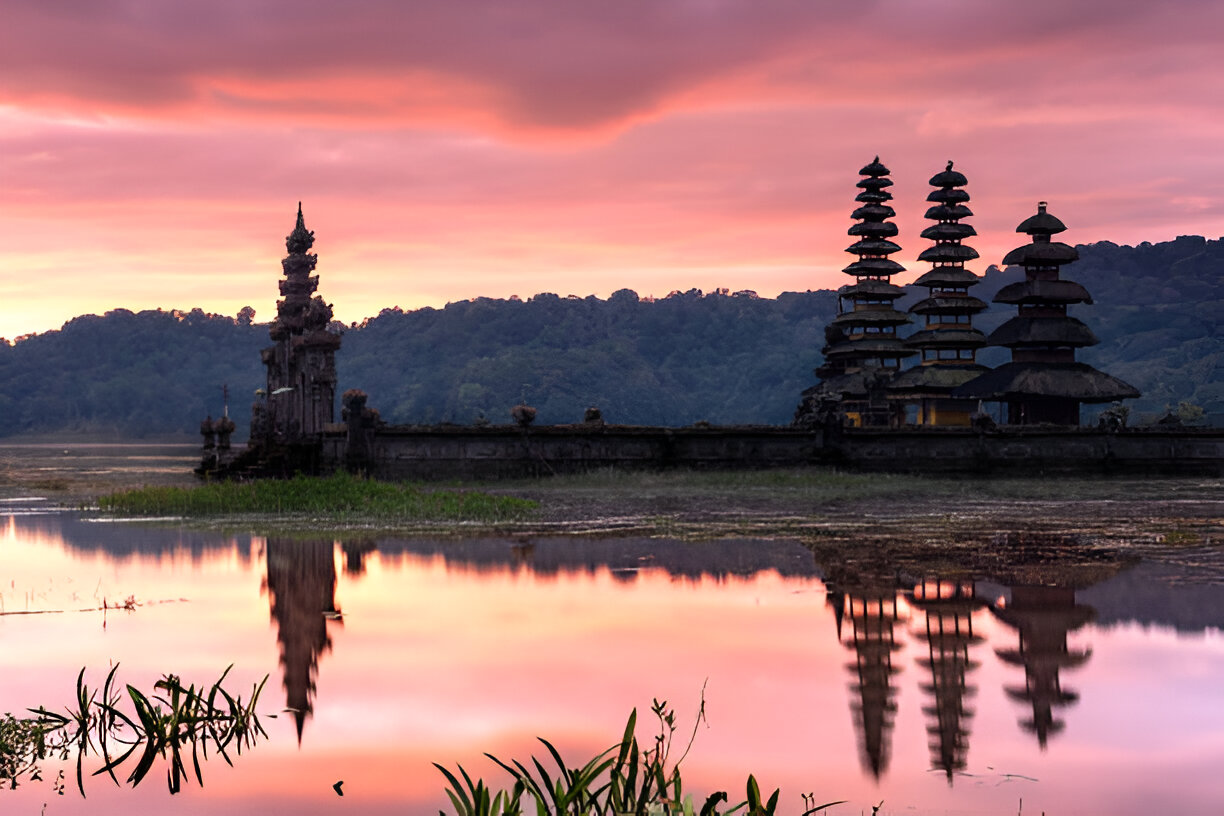
Lake Tamblingan is the perfect destination for those seeking an off-the-beaten-path experience in Bali. Far from the crowded beaches and bustling streets of tourist hotspots, this tranquil lake offers a chance to reconnect with nature and explore Bali’s rich history and spiritual heritage. Whether you’re interested in exploring ancient temples, photographing stunning landscapes, or simply enjoying the peace and quiet of the highlands, Lake Tamblingan promises a serene and unforgettable getaway.



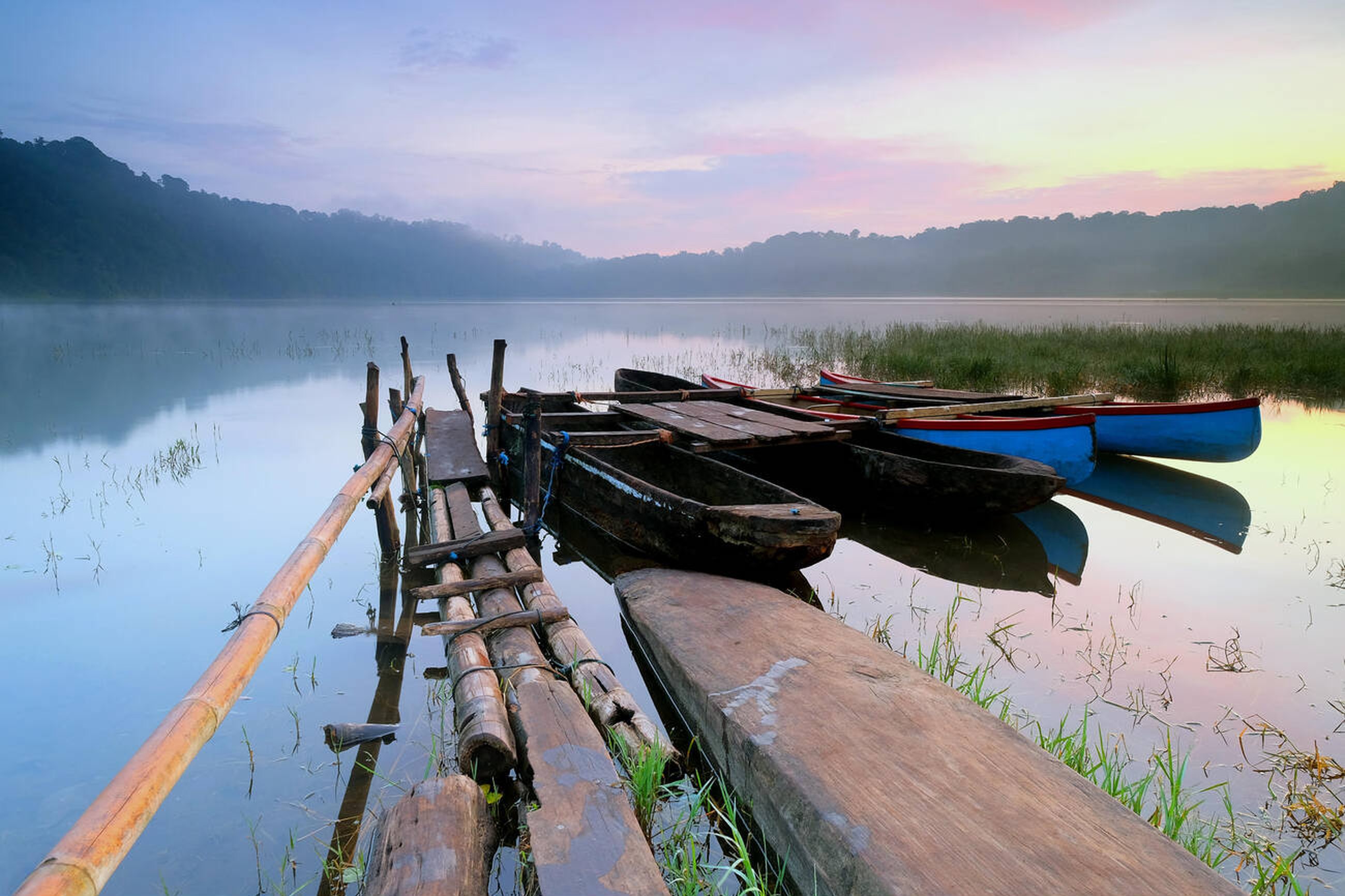
 Billy Bagus
Billy Bagus
 Oct 15, 2024
Oct 15, 2024
